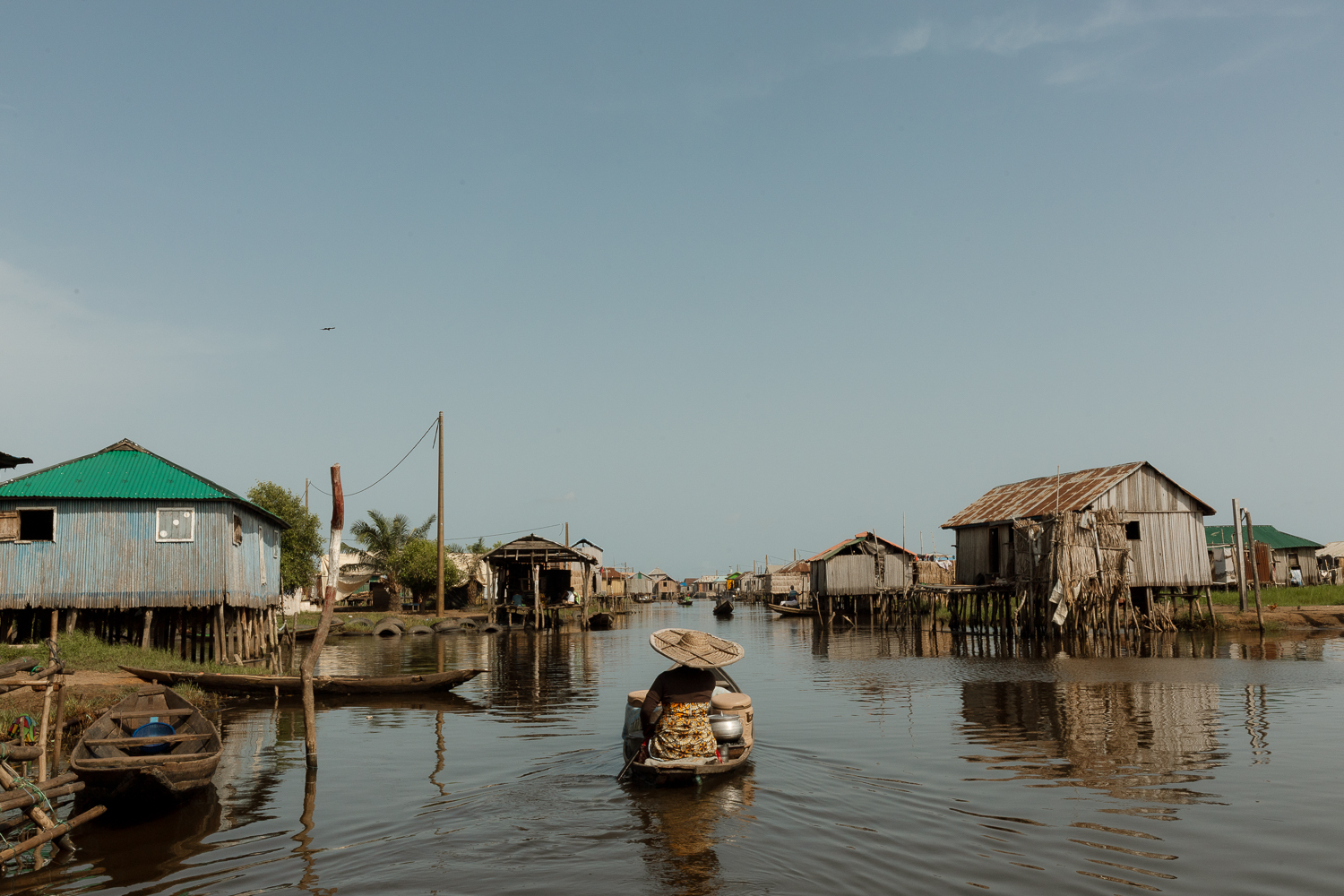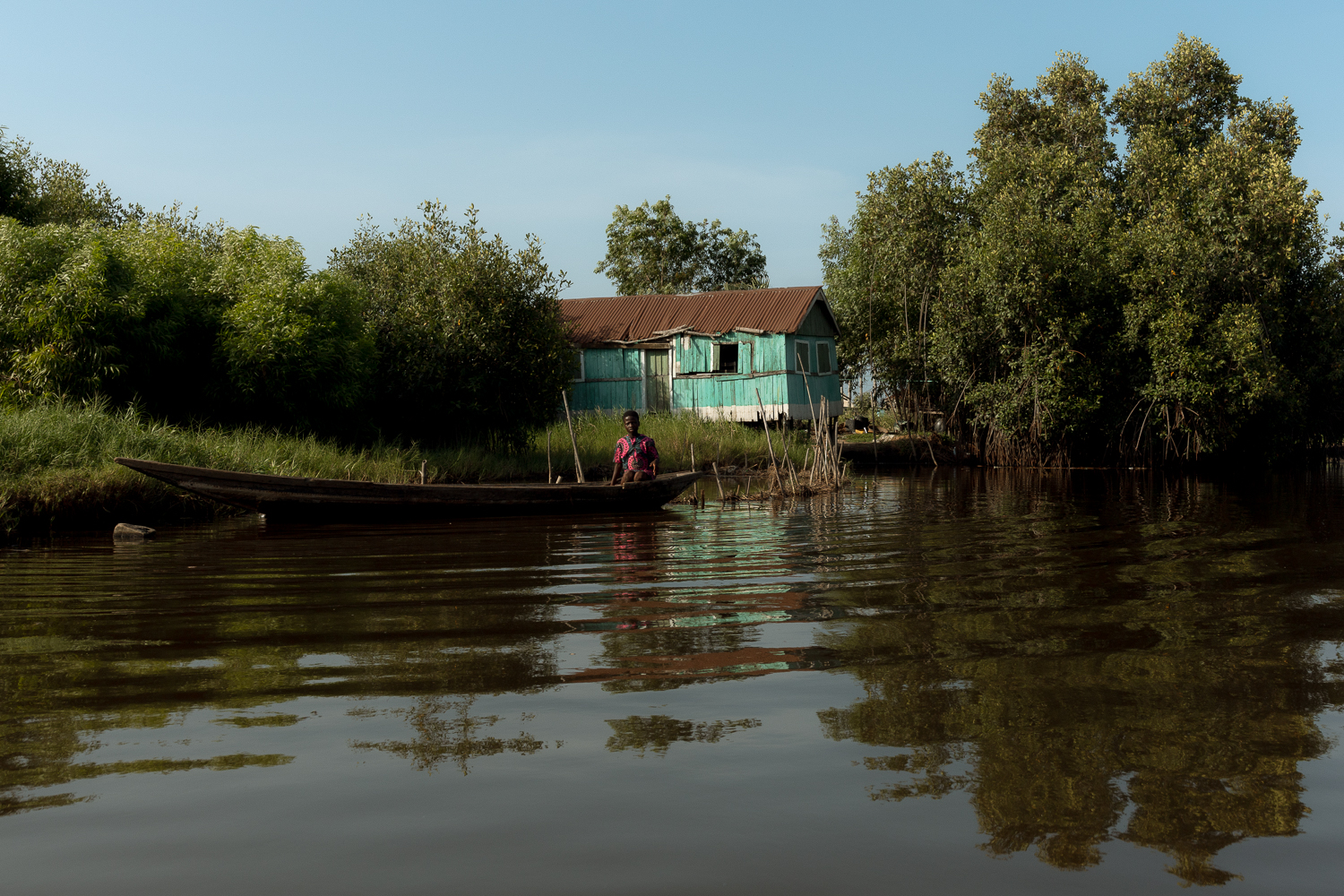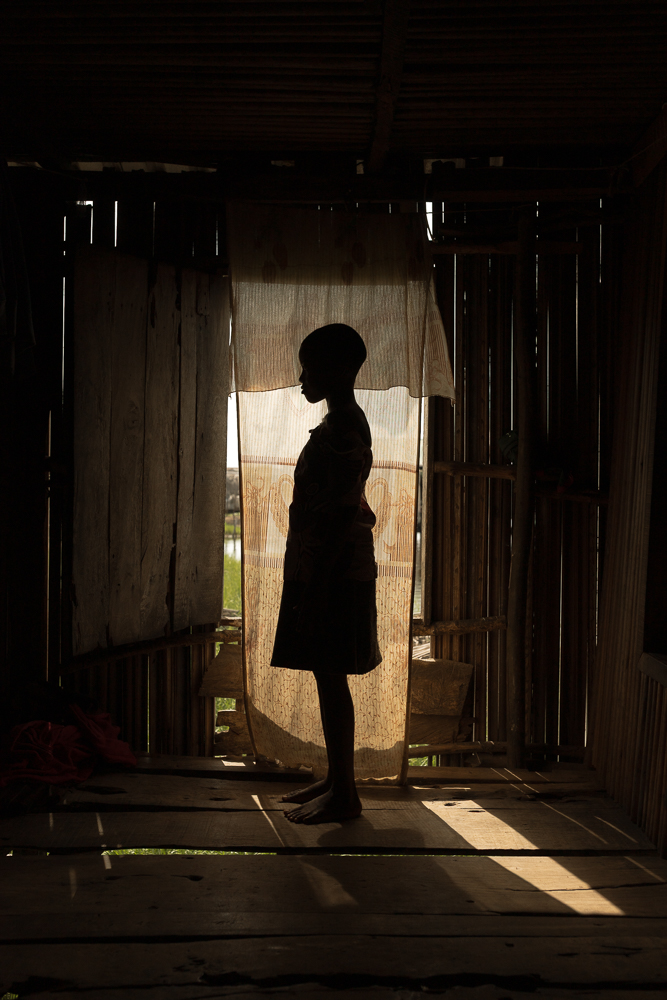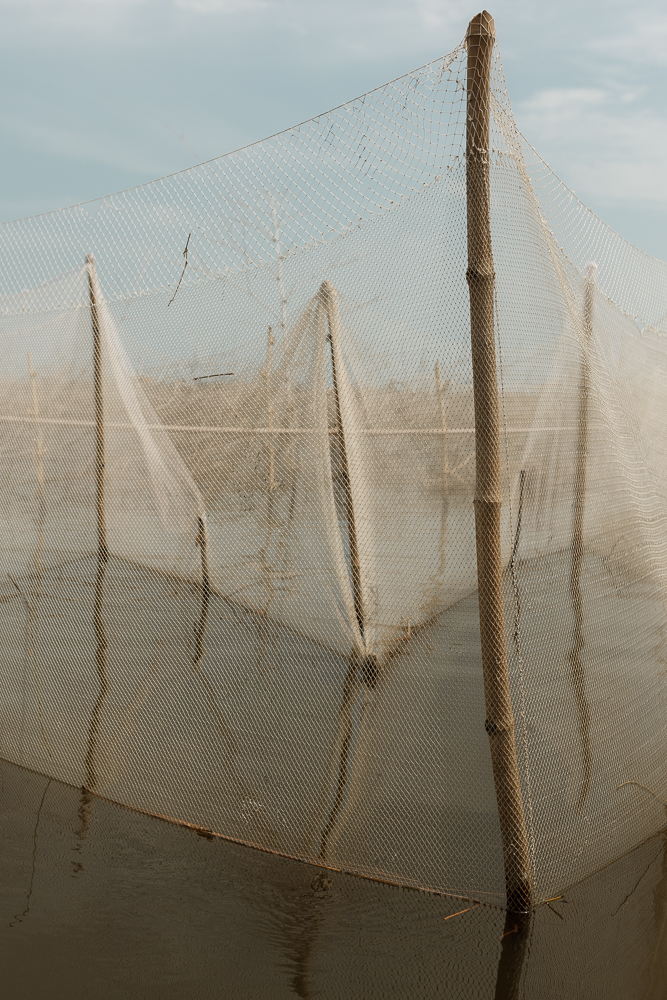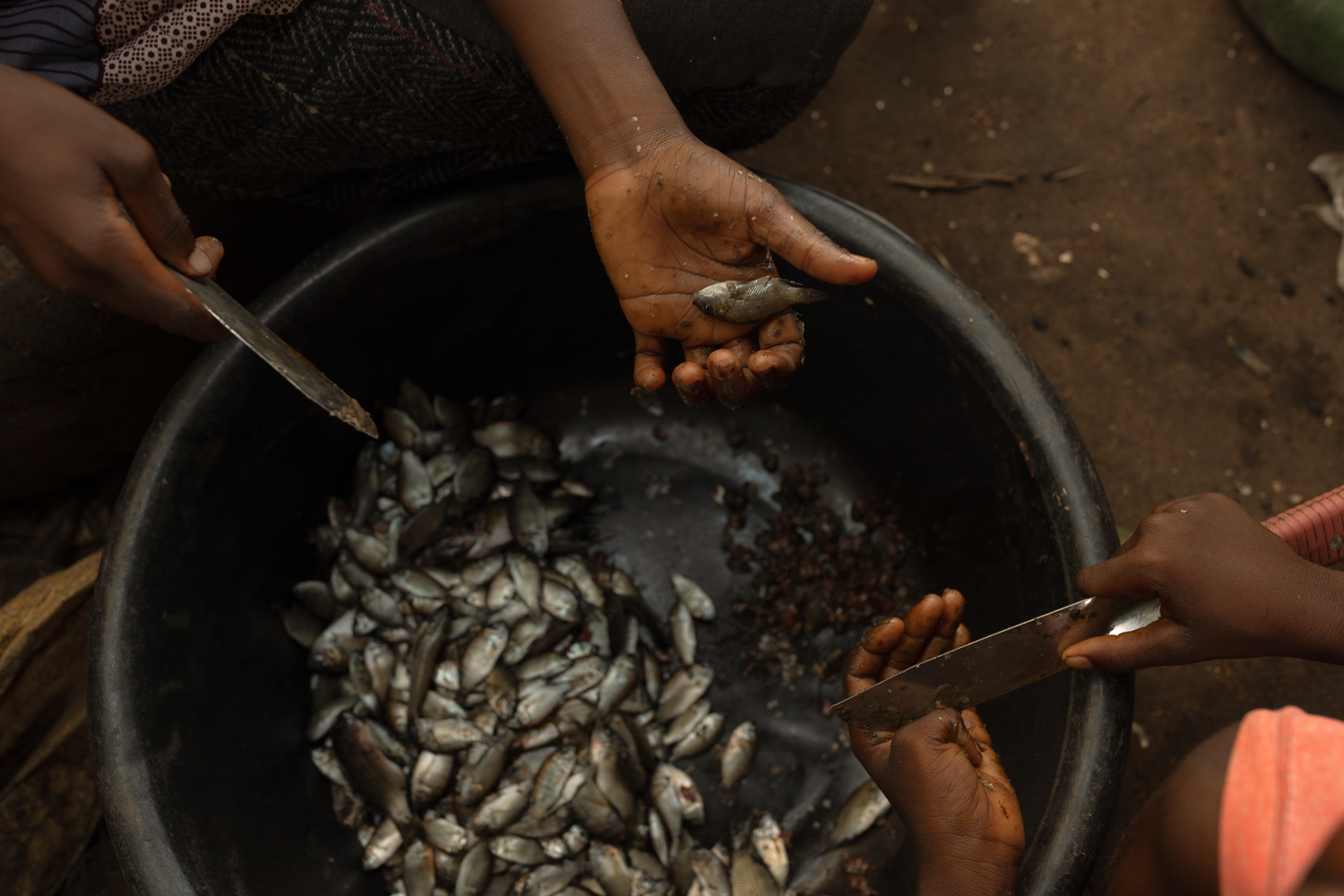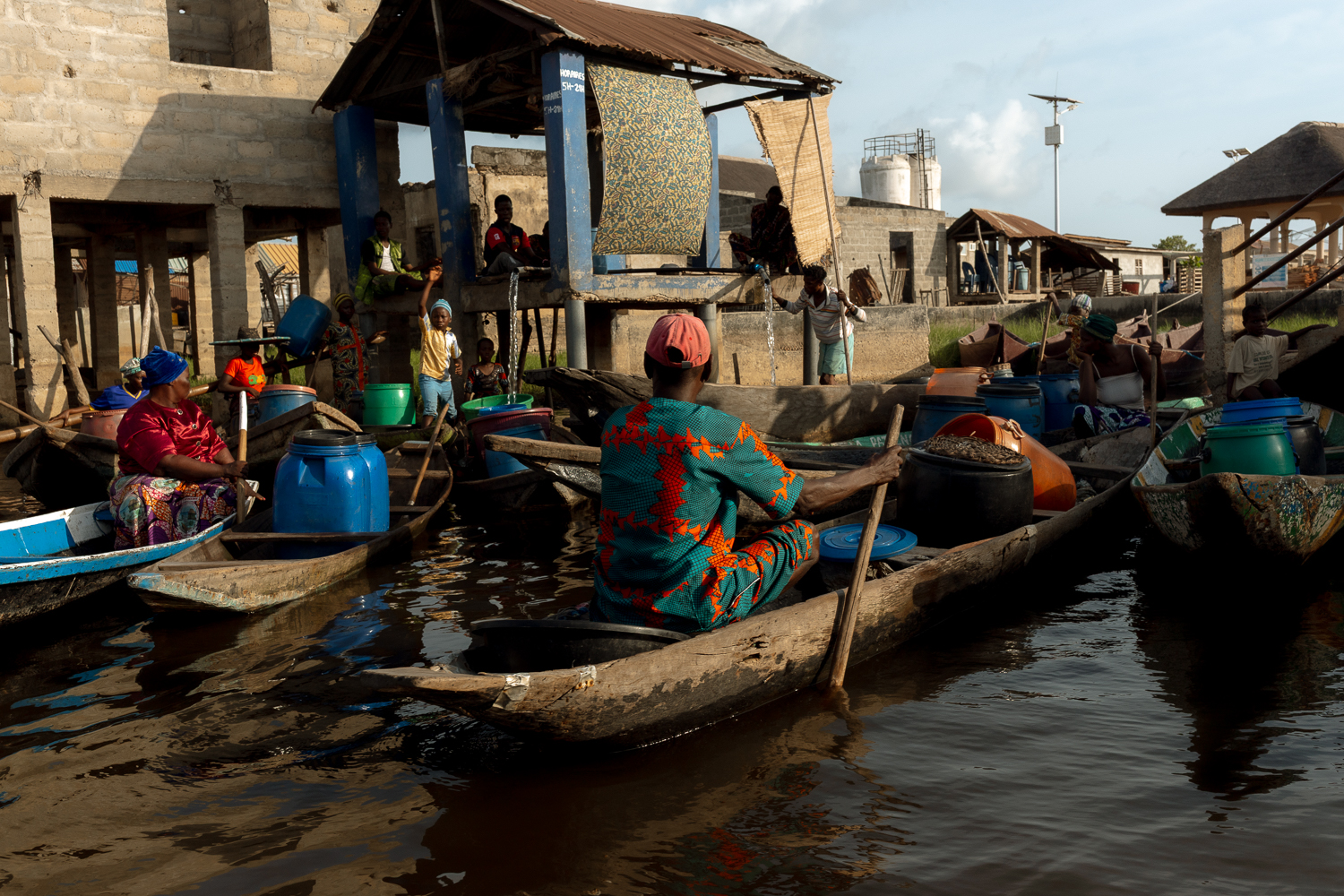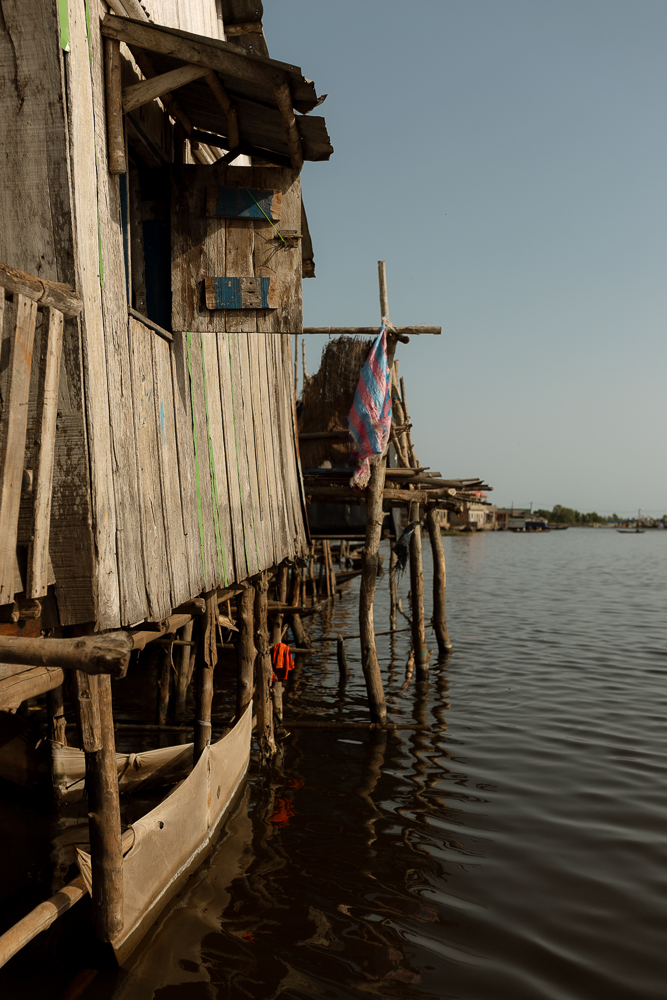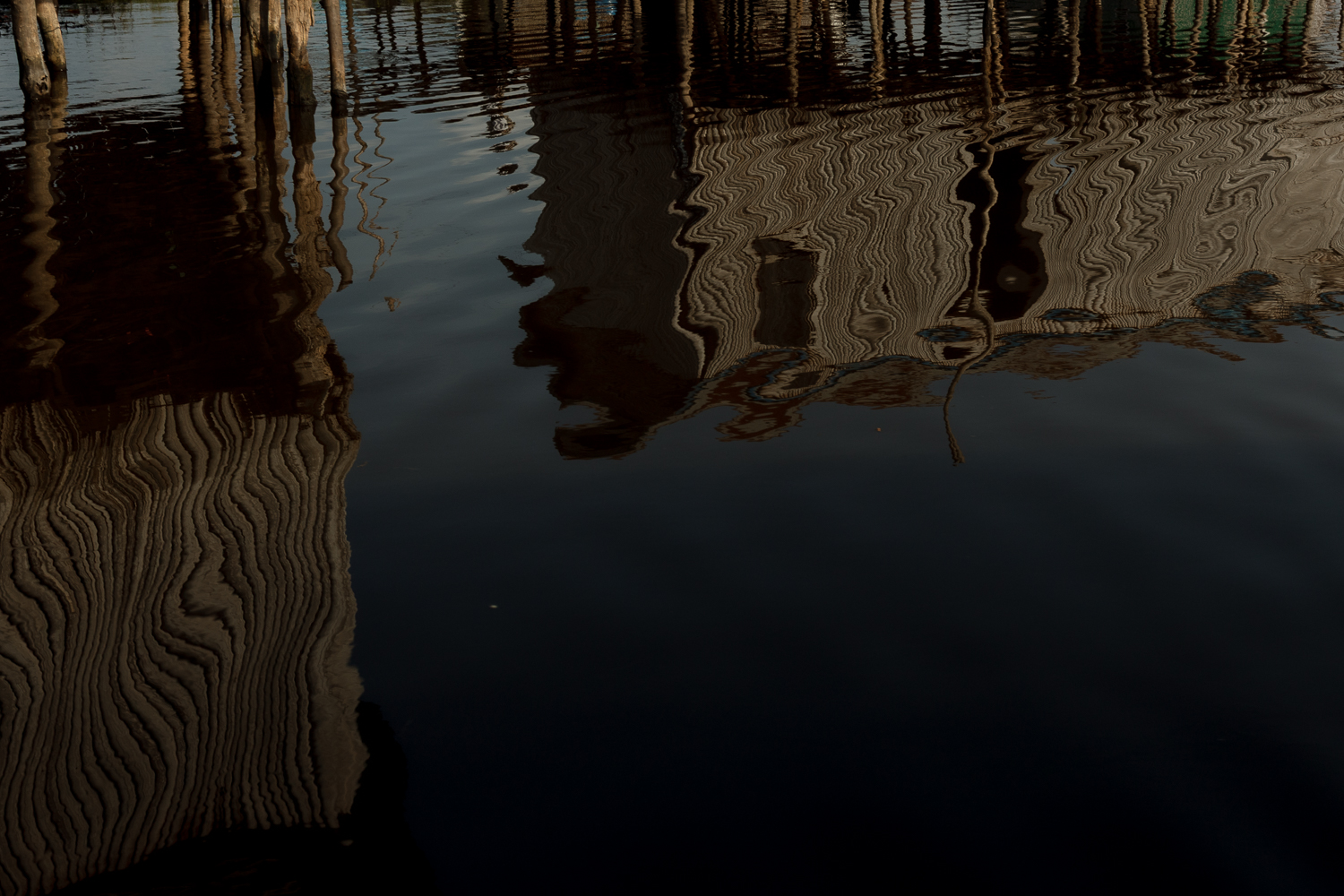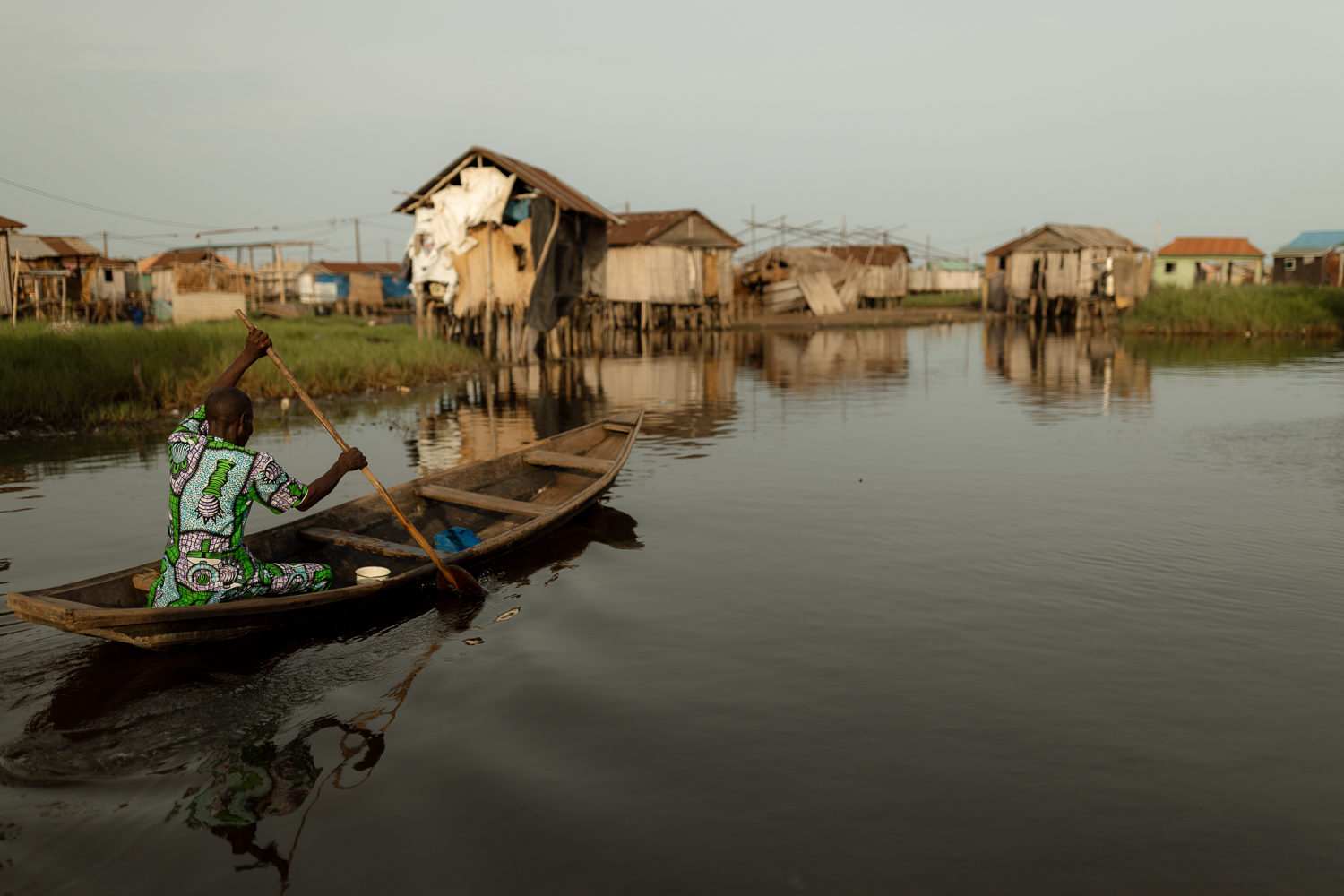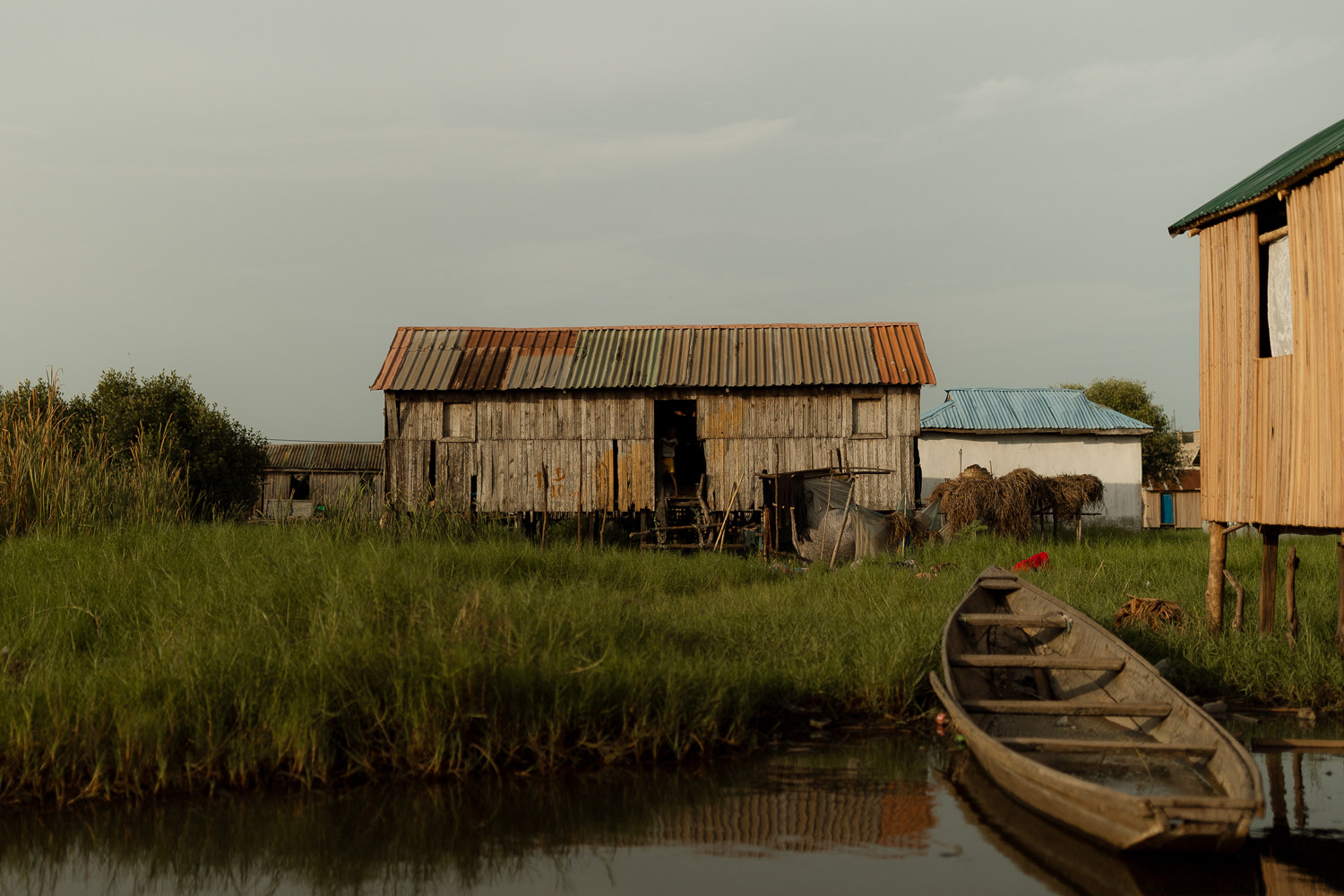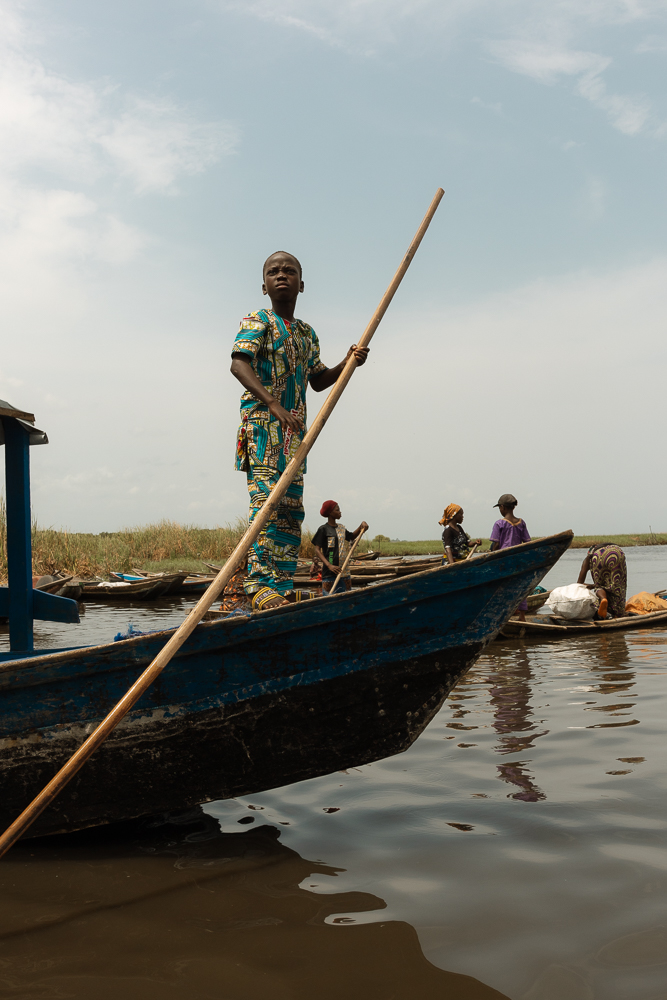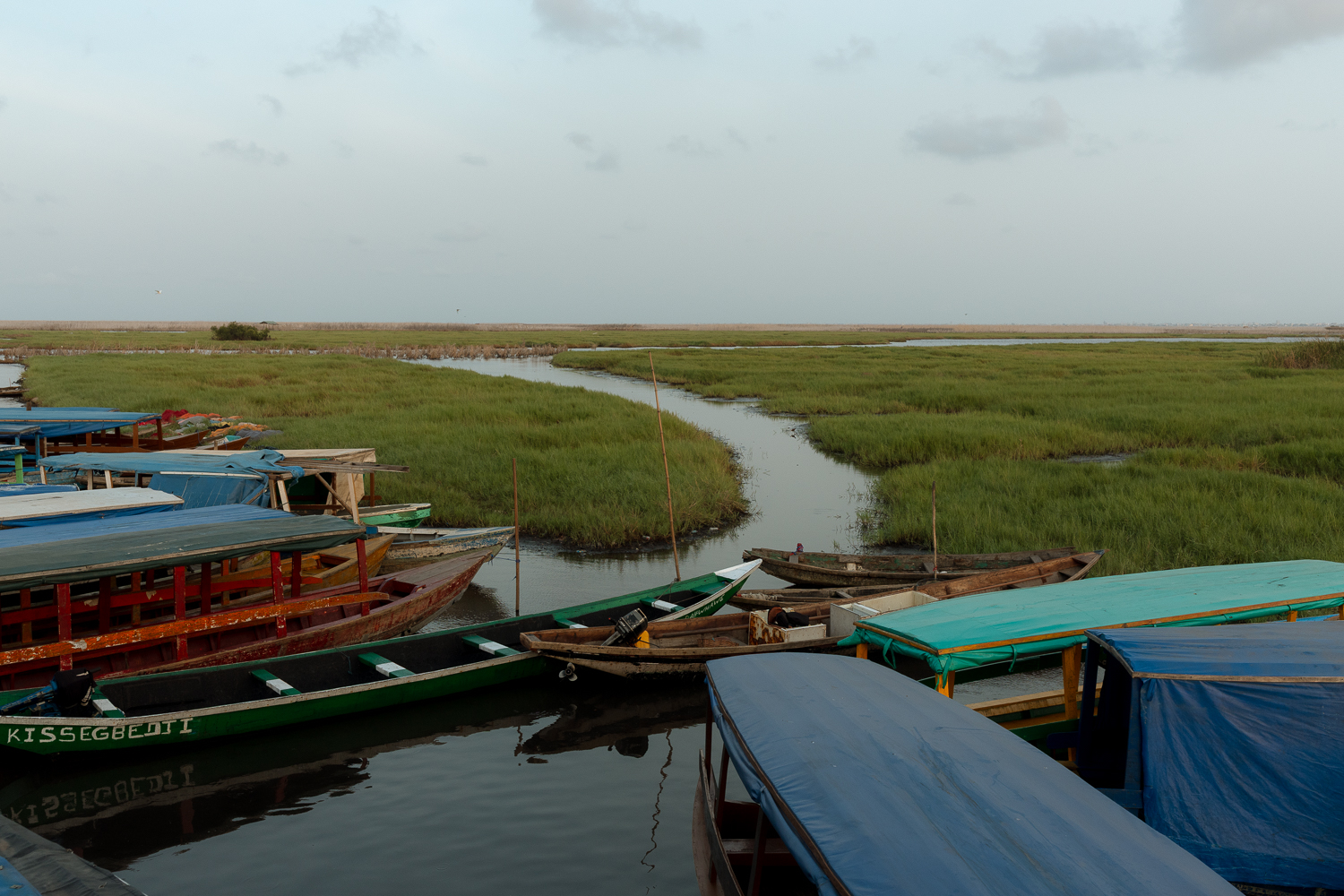We Survived: Ganvié, Benin
A village afloat, where life begins and ends on water.
Centuries ago, the Tofinu people fled here, building refuge atop Lake Nokoué when the threat of the transatlantic slave trade loomed on land. The Dahomey Kingdom, bound by spiritual beliefs, would not raid across water, so the lake became their sanctuary.
Ganvié, loosely translated, means “we survived.” And they did, creating an entire world above the waves.
Homes balance on stilts. Markets drift. Churches, schools, and hospitals stretch across the water.
Children here learn the ways of the lake almost as soon as they learn to walk. By four, they’re paddling narrow wooden canoes with quiet confidence, becoming part of a thread passed down through generations.
There’s a rhythm to life in Ganvié that feels almost suspended in time. Steady, unhurried, rooted in memory. Even as the world beyond pushes forward, Ganvié holds fast to its history. A living archive of ingenuity and survival.
